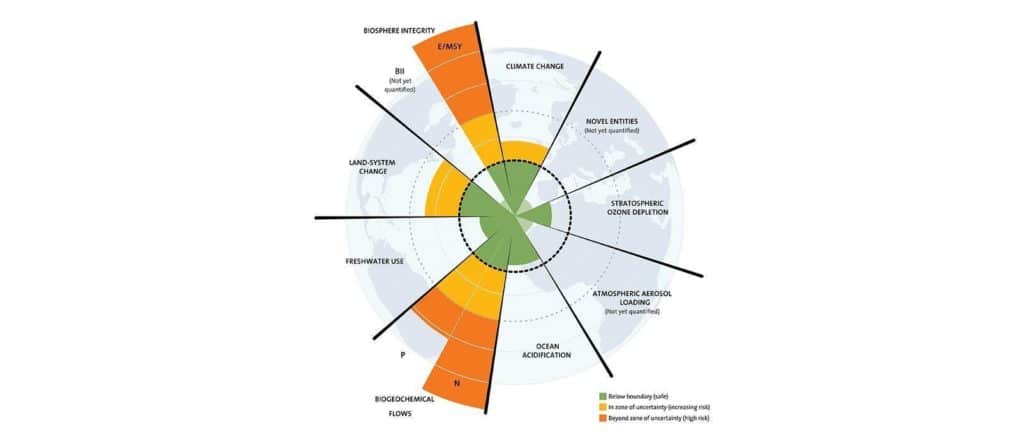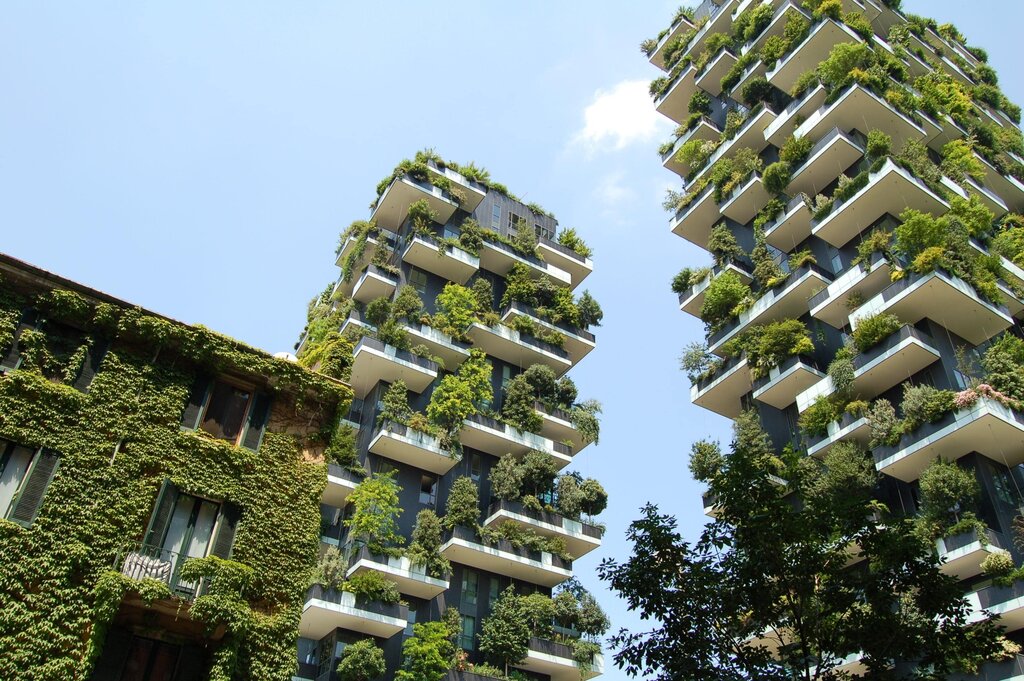The setting of environmental bottom line is a common approach used in developmental projects to bring in any environmental impacts into consideration. However, the approach allows little focus on expanding the existing ecological bases that are declining at an expeditious rate due to anthropological activities. Instead, decision-makers could consider adopting the idea of Positive Development design into policies framework.
—
What is an Environmental Bottom Line?
An environmental bottom line leverages the idea of setting a limit on a project’s environmental externalities – meaning the effect of production or consumption of goods and services that impose costs or benefits not reflected in the price – in order to safeguard the value of the ecosystems. For example, it could be implied that by setting a maximum limit on carbon emissions from an industrial plant or adopting a minimum water quality attributes of the resulting effluents from a manufacturing activity.
What are the Problems with Environmental Bottom Lines?
Environmental bottom lines are often criticised for its focus on economic returns instead of genuinely safeguarding environmental values. For example, as indicated by Dr Stephen Knight-Lenihan, senior lecturer in environmental planning from the University of Auckland, the idea that “we will pollute but only this much” skewed towards protecting economic growth instead of the environment. Whether setting a limit can truly help protect the environment remains unpromising.
The problem is made more prominent if we consider the fact that planetary boundaries of the Earth System exist, a concept introduced in 2009 by the research effort from the Stockholm Resilience Centre. Under the planetary boundary concept, the processes on Earth are classified into nine systems, each with its own set of control variables. The planetary boundaries mark a safe operating space for humanity based on the intrinsic biophysical processes that regulate the stability and resilience of the Earth System. However, once the boundaries are exceeded, important subsystems could shift into new states and the Earth System will no longer be stable, presenting disastrous and potentially irreversible large-scale environmental challenges.

Hence, although a developmental project is considered ‘sustainable’ in such a sense that it satisfies all its required environmental bottom line standards, it is only sustainable in the sense that it is better than having no limits in place. In other words, projects based on environmental bottom lines could still diminish the Earth’s life support systems.
You might also like: What is a Circular Economy?
What is Positive Development Design?
The Positive Development theory is an urban design approach introduced by Dr Janis Birkeland from the University of Melbourne. Instead of setting a limit and focusing only on minimising harms, Positive Development design focuses on seeking improvements, restoration and expanding the ecological bases, hence giving back more to nature than one takes. For instance, this could include sequestering more carbon and producing more energy than what is being used during construction and operation, and the expanding of ecological spaces available in development projects to support ecological carrying capacity.
To put simply, Positive Development theory means that it is possible for global development to create more net ecological and social gains than no construction at all. This is particularly alarming if we consider that over 85% of the world’s population are currently living in countries with an ecological deficit, according to the Global Footprint Network. An ecological deficit occurs when the ecological footprint, the equivalent land and water area required to produce the goods consumed and to assimilate the wastes generated by anthropogenic activities, exceeds the available Earth’s biocapacity.
How to Incorporate Positive Development Design?
To adopt Positive Development design, as Birkeland argues, is by transforming how we currently build urban environments and infrastructures. As an example, green scaffolding consists of structures constructed around, between or inside existing buildings and can help contribute to net positive impacts on the environment by supporting micro-habitats and biodiversity. At the same time, it can also provide multiple public benefits in urban areas such as supporting infrastructures to reduce damages from floods and hurricanes, facilitating water collection and potentially providing passive solar energy. The same applies to concepts such as play gardens, retrofit modules, and solar cores.
Decision makers could also consider setting various baselines to measure progress over time, particularly those from pre-industrial ecological conditions in order to maintain accountability in expanding the current declining ecological bases.
However, to facilitate an easier transition, Birkeland argues that it would require the incorporation of urban governance, and the expanding of big data analytics to allow more comprehensive planning analysis. Most importantly, there is the need for a wholesale shift in the way industries, city councils and designers think on sustainable development and start moving away from the environmental bottom line approach.
Looking at urban design as a start provides a rather easy way for decision makers to be creative and incorporate relevant Positive Development concepts, hence driving changes towards genuine sustainability. Overall, similar approaches could be extended to economic and environmental policies, all working towards the goal of going beyond the limit, and creating net benefits for the society and the environment at the same time.
Featured image by: Pxfuel

















